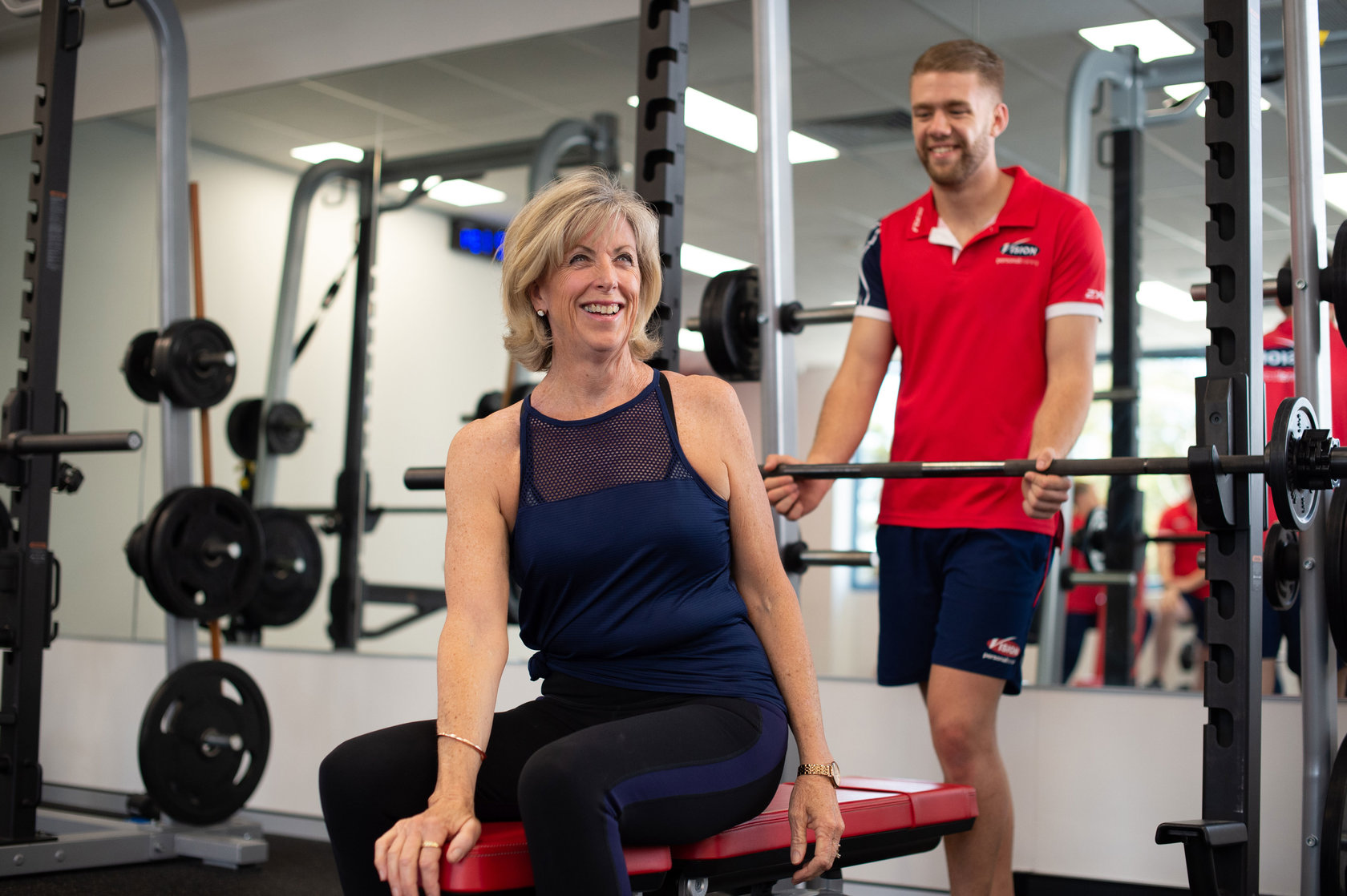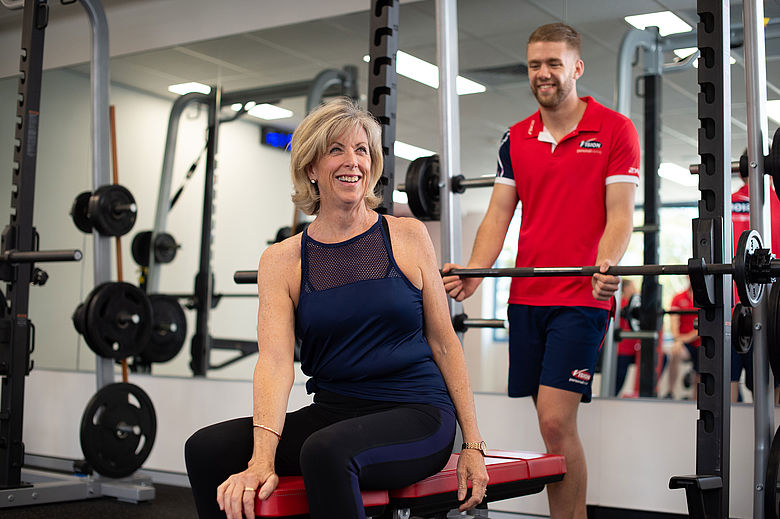At vision we take great care and are very precise with our nutrition and lifestyle coaching. We pride ourselves on giving our clients a specific nutrition plan based on their goal and current body composition. By assessing your weight and body fat percentage we calculate your lean body mass - your bodyweight minus the fat mass - and from this calculation we establish the ideal macronutrients that will be the basis of creating a tailored nutrition plan for a leaner healthier you (please refer to chapter 4 of Ready Set Go by Andrew Simmons). In this series of articles we will be focusing on what is commonly the most misunderstood macronutrient; carbohydrates. Some of the most frequently asked questions regarding carbohydrates are; should I eat carbs? What carbs should I eat? Does it matter when I eat them? How much can I eat? I will endeavour over this series of articles to answer these questions as simply as possible so that you can implement this new knowledge when choosing what foods you eat.
In part 1 of this series we will be discussing the Carb tank. Think of your muscles and liver as your body's natural petrol tank. The carb tank is your body's capacity to store carbohydrates as a direct fuel source in the form of Glycogen, a dense source of energy. These carbohydrates are stored in the muscle tissue and the liver, Carbohydrates are also stored as Fat in two circumstances, a) the carb tank is full b) the carbohydrates are absorbed too quickly into the bloodstream and the body can't handle the inundation of sugar so it stores some as fat to quickly lower blood sugar, more on this in a later article.
If we suspend for a moment the liver as part of the carb tank and focus on the muscle we can begin to understand how our exercise contributes to our fat loss. Basically the bigger our carb tank the more capacity we have for storing the carbohydrates we eat, meaning the less carbohydrates get stored as fat.
At vision our personal training sessions consist primarily of resistance exercise with weights. The goal here is not necessarily to grow bigger muscles - although how good is it when that happens - but more to awaken the muscles that have not been used due to a sedentary lifestyle. Muscle mass reduces as a result of not being used, the body is smart it won't waste energy feeding muscles it doesn't need with carbohydrates because let's face it that just doesn't make sense. Rather the body takes those carbohydrates converts them to fat and stores them for later when food runs out except that food never runs out, it just keeps on coming and we keep getting fatter. By engaging in weight training we can activate unused muscle and in doing so increase the body's capacity to store carbohydrates as sugar instead of fat. The goal here is to have as much of your allotted carbs stored in the muscle as sugar (glycogen) for when you need the energy for physical and mental exercise. The more muscle we have the less carbs are stored as fat. Fat is burnt in the lowest of activity ranges, a person at rest will be burning fat as energy rather than the sugar stored in the body which is perfect seeing as we are almost always at rest in our daily lives. The fundamental idea is to allow the carbs we eat to be stored in the muscle for later use or used immediately for energy in physical or focused mental activity so that when we are at rest our body burns though fat. I hope you can begin to see how training and nutrition are very much linked and one feeds into the other no pun intended. Metabolism is a very complicated process so here are the quick points from this article
- Exercise with weights to activate your muscles
- Activating your muscles increases the capacity of your carb tank
- A larger carb tank means less carbs stored as fat and more stored in the muscle
- Fat loss will come organically if we shift our focus to building a body rather than burning calories
- More muscles means less fat and girls don't worry you won't turn into a bulky man-beast
- Stick to your carbohydrate macros they are special and specific to you not just a random number.
In the next article we will be looking at different types of carbohydrates and how they differ from a metabolic point so that you can choose the carbs that will help you shift that body fat.
"Discipline is choosing between what you want now and what you want most"
#Leocares
*Disclaimer: Individual results vary based on agreed goals. Click here for details.

